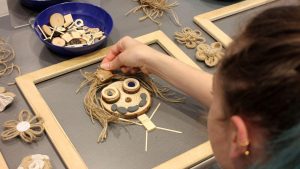
This study tested whether teaching parents specific ways to play, talk, and interact with their children could improve early development and behavior. The program they used, called the Care for Child Development guideline, was offered through group sessions to pregnant mothers in Iran and followed their children for the first 18 months of life. The idea was to give parents practical tools—like looking into the baby’s eyes, responding to sounds, using toys, playing peek-a-boo, and naming objects—so they could support their child’s learning and emotional growth from birth onward.
When the researchers compared children whose parents received the training to those who did not, they found only small differences. Specifically, children in the program showed slightly better scores in cognitive development (thinking and learning) and a small reduction in anxiety or depression-related behaviors. However, there were no significant improvements in other areas like language, motor skills, or most behavioral problems. One possible reason is that many children in the study were already developing well, so there was less room to see noticeable changes. Another factor was the limited number of training sessions, especially because the COVID-19 pandemic disrupted participation.
Even though the effects were modest, the study is important because it shows that group-based parenting programs are possible in resource-limited settings and may provide some benefits at relatively low cost. The researchers conclude that while the program didn’t dramatically change development outcomes, it still highlights the value of supporting parents with guidance and practical activities. With more sessions, larger studies, and broader involvement (such as including fathers), these interventions might play a bigger role in helping young children thrive, especially in communities with fewer resources.
If you want to read more, click here!
Erin Mulroy
UConn KIDS Research Assistant











